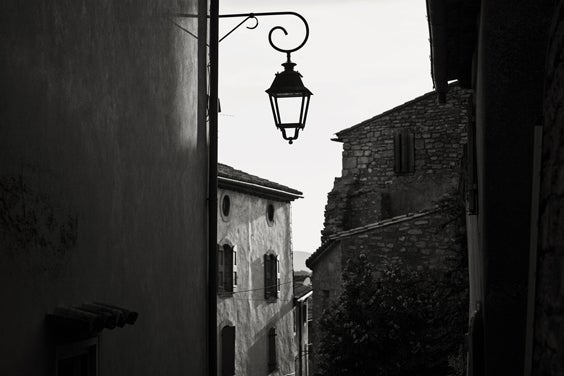
Why can’t the world just let the Jews have their fun? It’s Purim, it’s the fifth century, and all the Jews want to do is burn effigies of Haman in celebration of Purim. What’s the big deal?
The big deal, according to early Christians, is that burning an effigy of Haman looked a little too much like an attempt to reenact the death of Jesus, and was therefore a mockery of the Christian faith. Typical early Christians.
Western European Emperor Flavius Augustus Honorius, bitter at being named Flavius, issued prohibitions against the effigy burning. As did Eastern European Emperor Theodosius II.
But there were times when Jews could burn Haman in peace. Kalonymus ben Kalonymus, a 14th century Jewish scholar, wrote about Jews riding through Provence streets, wielding fir branches, blowing trumpets, and, of course, hanging and burning Haman puppets. Delightfully, the custom has been observed as recently as the 1950s by certain Iranian and remote Kurdistan communities.
What’s odd (or not even a little odd) is the historical treatment of Haman. Take Michelangelo’s “The Punishment of Haman” from the Sistine Chapel. The great artist gives Haman a martyr’s sendoff, reserved only for those who sacrificed themselves for the greater good—which, in this case, was trying to kill the Jews.
____
» Learn more about this custom
» Read more about Haman’s artistic treatment through history
» Get up close with “The Punishment of Haman”
» Take a look at some other Purim puppets
JTA has documented Jewish history in real-time for over a century. Keep our journalism strong by joining us in supporting independent, award-winning reporting.





